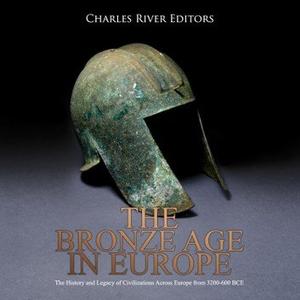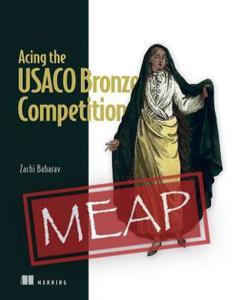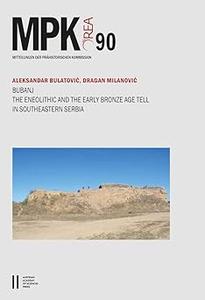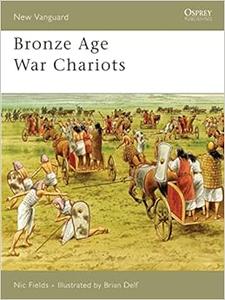 Free Download The Bronze Age in Europe: The History and Legacy of Civilizations Across Europe from 3200-600 BCE by Charles River Editors, Dan Gallagher
Free Download The Bronze Age in Europe: The History and Legacy of Civilizations Across Europe from 3200-600 BCE by Charles River Editors, Dan Gallagher
English | 2009 | ISBN: N/A | ASIN: B07QQFGNPF | MP3@64 kbps | 1.7 Hours | 45 Mb
While the Bronze Age is recognized as one of history’s most important phases, it’s been hard for historians to precisely date. The idea of the Bronze Age comes from a three-age system developed in the 19th century through which archaeologists and historians believe cultures evolved. These three ages are the Stone Age, the Bronze Age, and the Iron Age, and the concept of the system stems from the simultaneous development of museums in Europe during that time. In the Royal Museum of Nordic Antiquities in Denmark, Christian Jürgensen Thomsen, the director of the museum, began classifying objects of stone, bronze, or iron to better categorize and exhibit them.
Each archaeological artifact was thus sorted according to their materials and further organized by shape and style. Through such methodology, working alongside archaeological reports, he was able to show how certain objects changed over time (Fagan 1996, 712).
(more…)



